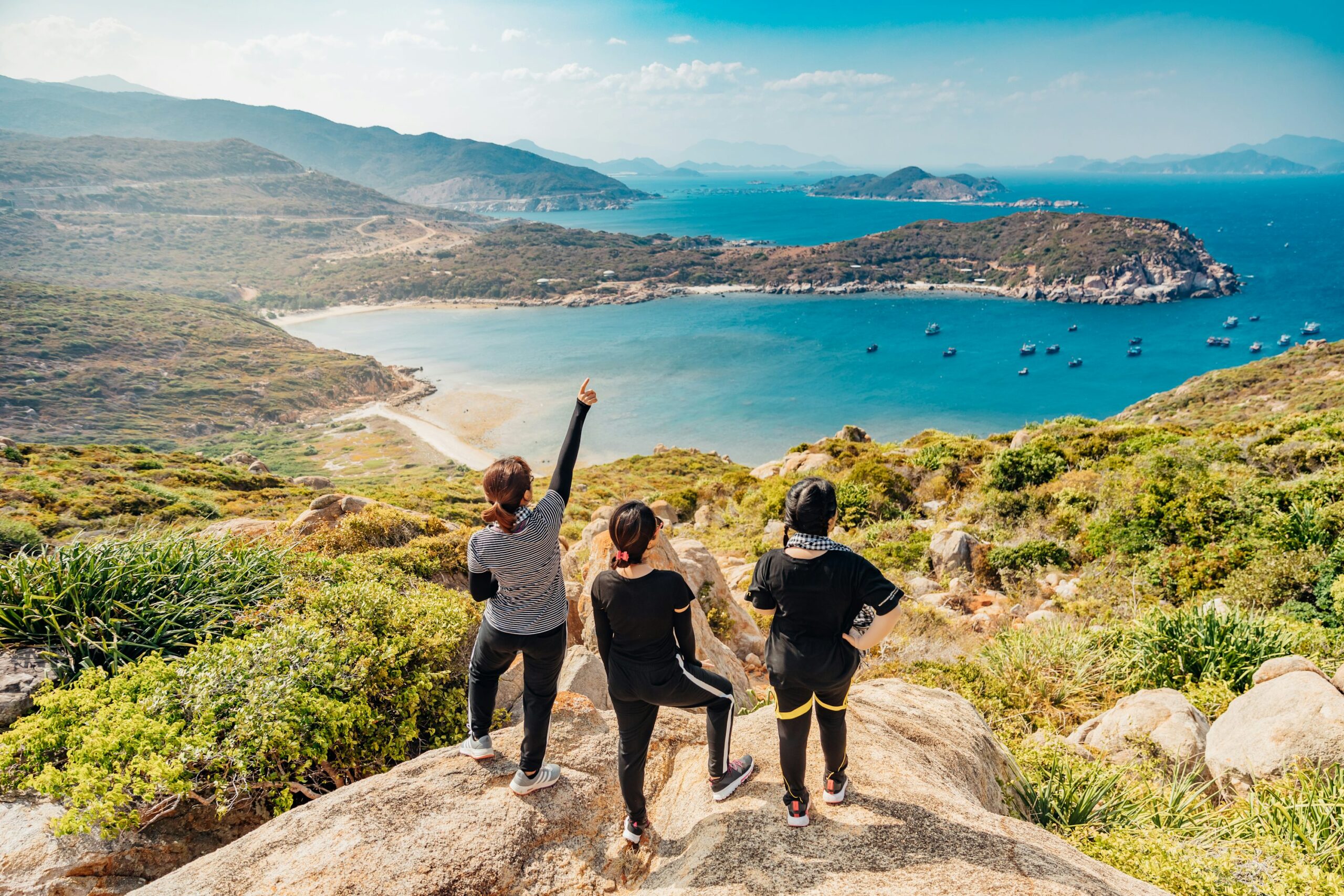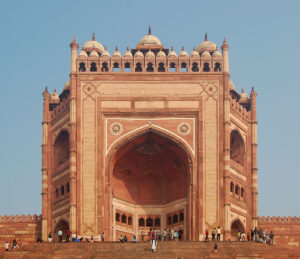
Trekking isn’t what you think… it’s so much more.
I’d heard about the mountains, but never experienced them.
For me, trekking was just an adventure—another task on a tick-mark list. Take a photo, post a story, and come back.
But when I trekked for the first time—and that too in winter—I realized that the very thing I was running away from was what I was supposed to find in the mountains…myself.
A shivering night and a thought
The temperature that night was below zero. Sleep eluded me, and fatigue permeated my entire body.
But the most pressing concern was my mind—”Why am I here?”
“Was all this necessary?”
“Will I be able to complete the climb the next day?”
It was pitch dark, just a small tent and snow as far as the eye could see.
And there, in that silence—
History of cellular jail true story
I spoke to myself for the first time.
Every step, a question… Every turn, an answer
When I started climbing the trek the next morning, every step was driven not by my body but by my passion.
No path was easy, and no voice was telling me to turn back.
There was only one thing—you and your silence.
That path was teaching me how there is peace even in pain, how one must walk alone to reach heights.
That view isn’t just seen with the eyes…
When I reached the top—that view can’t be described in a photo.
It’s seen not just with sight, but with emotion.
That cool breeze, those gentle rays of the sun, that quiet snow…
It was as if they were saying—
“Now you’ve changed.”

|
 |
The result?
Now I feel—
Trekking isn’t an adventure, it’s a mirror.
It shows you—
Who you are when no one is watching you.
That’s why I say—
“Trekking isn’t what you think…
It’s so much more.”
Bhangarh-Fort-most haunted place in india (Rajasthan)
When people first hear the word “trekking,” most people imagine:
Climbing mountains
Exhaustion and sweat
Taking some photos for Instagram
Just an adventure or fitness activity
That is—it’s considered a physical activity or hobby.
“…It’s much more than that.”
But those who have truly trekked—especially arduous journeys like winter trekking—know that:
1. It’s a test of mental strength
Holding oneself amid fatigue, cold, and unpredictable weather
Overcoming fear and the thought of giving up
It shows us we can endure more than we think
 |
2. It’s self-discovery
When the path is tough and there are no shortcuts, we talk to ourselves
We recognize our limits
And sometimes…we find ourselves anew
3. Connection with nature
We realize how small we are in front of the mountains—and yet how strong
The stillness of the snow, the sound of the wind, and the silence of the sky—all teach us to live in the “here and now.”
4. The importance of small moments
A sip of hot tea
Help from an unknown companion
A ray of sunshine when it Falls on the snow
These small moments become the true essence of life.
5. Trekking becomes a story
It’s not just a trip—
it becomes a story
One you live and then tell for years.
TAJ MAHAL- One of the New 7 Wonders of the World.
The essence of this title:
“Trekking is not so much an external journey as it is an internal journey.
It begins with the fatigue of the body and reaches the depths of the soul.”
“Why should you trek?”—the answer involves more than just one aspect, but many. Trekking isn’t just an adventure, but a life experience that touches the body, mind, and soul.
Mental Peace and Stress Relief
Trekking takes you out into nature—away from noise and screens.
Walking in the mountains, breathing in the clean air, and seeing greenery relieves mental fatigue.
It has a meditative-like effect.
2. Improves Physical Fitness
Trekking is a great full-body workout:
Strengthens the legs
Increases stamina
Improves heart and lung health
For those who don’t like the gym, it’s a natural way to stay fit.
Klook is the leading travel and leisure e-commerce platform for experiences and services anytime, anywhere.
 |
 |
3. Feeling Connected to Nature
Watching sunrises and sunsets, listening to the flow of a river, feeling the snow or greenery—all of these bring you closer to nature.
This increases a person’s sense of gratitude—awareness of how many beautiful things there are in life that we don’t see every day.
4. Increases Self-Awareness and Self-Confidence
When you overcome difficult paths on your own and reach great heights, you realize your inner strength.
Overcoming fear, fatigue, and limitations—all these things increase your mental strength.
5. New People, New Experiences
Group trekking brings you people from diverse backgrounds.
Teamwork, helping others, and overcoming challenges together—all these create a positive social experience.
6. A Great Way to Digital Detox
Most trekking locations don’t have mobile network—and that’s the biggest relief.
You get a chance to connect with yourself and the world around you.
Adidas is a multinational corporation which designs and manufactures |
7. A Way to “Reset” Yourself
When you’re tired of the daily grind, trekking is a kind of “reset button.”
Coming back, you feel refreshed, motivated, and able to look at life with a clearer mind.
In short:
Trekking reminds us that –
life is not just a destination, it’s also a journey.
And it’s only by walking in the mountains that we experience true heights.
A complete list of clothing and gear for winter trekking:
Layering – This is the most important thing.
Base Layer (Inner Thermal Layer)
Warm and sweat-wicking inner (both top and bottom)
Merino wool or synthetic thermal inner is best (avoid cotton – it gets cold when wet)
Buland Darwaza Asia’s largest door agra
Mid Layer
Fleece jacket or light down jacket (for insulation)
A wool sweater or hoodie can also work, but should be light and warm.
Outer Layer
Windproof and waterproof jacket (such as a hardshell or snow jacket)
Essential for protection from snow, rain, and wind.
Lowers (Pants/Bottoms)
Inner thermal pants
Tracking pants or waterproof pants over them (snow pants are preferable in snowy areas).
Don’t wear jeans – they become too heavy and cold when wet.
Accessories (Very Important!)
Why Items Are Important?
Woolen Cap/Balaclava to protect the head and ears from cold air. For
Scarf or neck warmer to cover the neck and face
Gloves: Insulated, waterproof, and full-coverage gloves – a must
Wool socks to keep feet warm – be sure to bring an extra pair
Sunglasses: Sunlight reflects off the snow, which can cause eye damage (snow blindness).
Sunscreen and lip balm: Winter dries out skin and increases UV exposure.
Trekking shoes
Waterproof, high-ankle trekking shoes are essential.
To keep feet dry and warm in snow and mud.
Should have good grip and a sturdy sole.
What to pack in your backpack
Extra clothing layer (to change if you get wet)
Rain cover (for the backpack)
Hot pads (Hand warmers/foot warmers)
Headlamp (better than a flashlight)
Water bottle (preferably hot water)
Snacks (dry fruits, energy drinks) bars, chocolate)
Extra Tips:
Try to keep your clothing “light but warm” (heavier clothing can make climbing difficult).
Practice walking in your shoes before trekking (to prevent blisters).
Keep your body hydrated—you don’t feel thirsty in the cold, but water is essential.
Note- Trekking isn’t what you think it’s so much more? Do tell us in the comment box below. Your opinion is very important to us.
 MuscleBlaze offers quality nutritional supplements like whey protein, BCAA, mass gainer, weight gainer, fish oil, multivitamins, fat burners, etc. at affordable prices MuscleBlaze offers quality nutritional supplements like whey protein, BCAA, mass gainer, weight gainer, fish oil, multivitamins, fat burners, etc. at affordable prices |
 |





